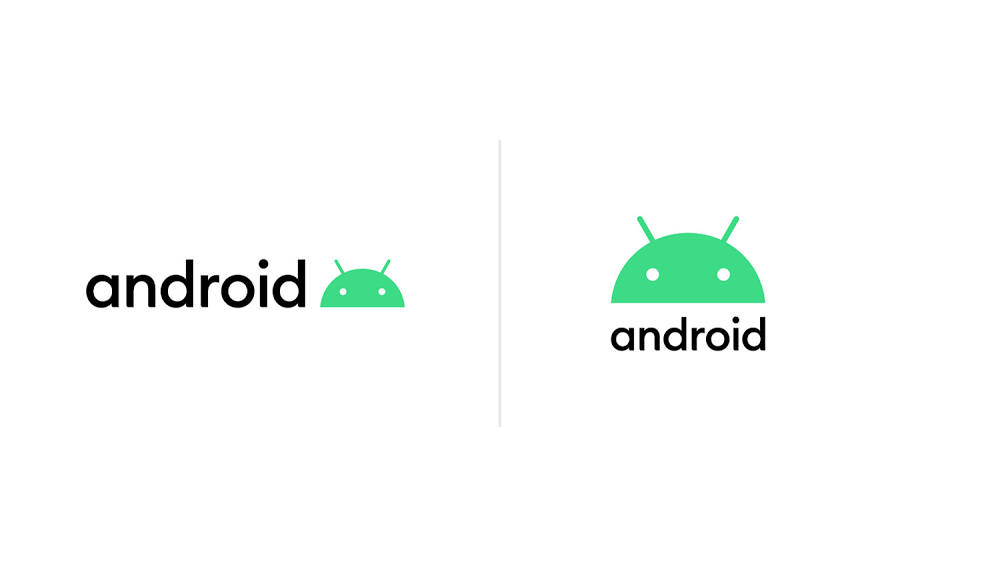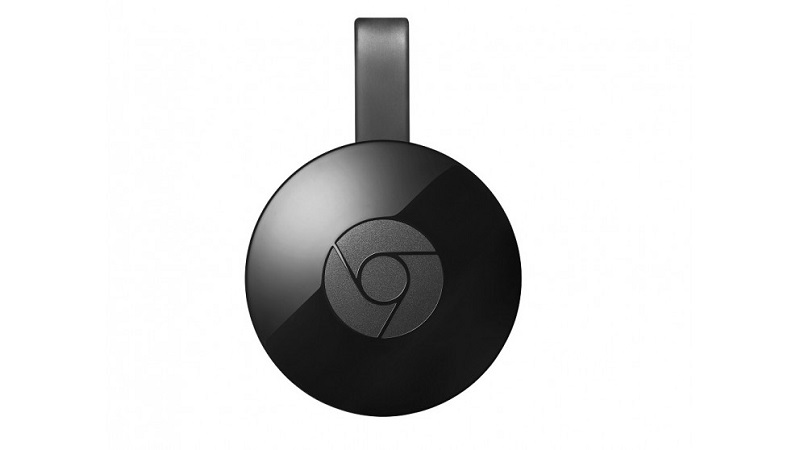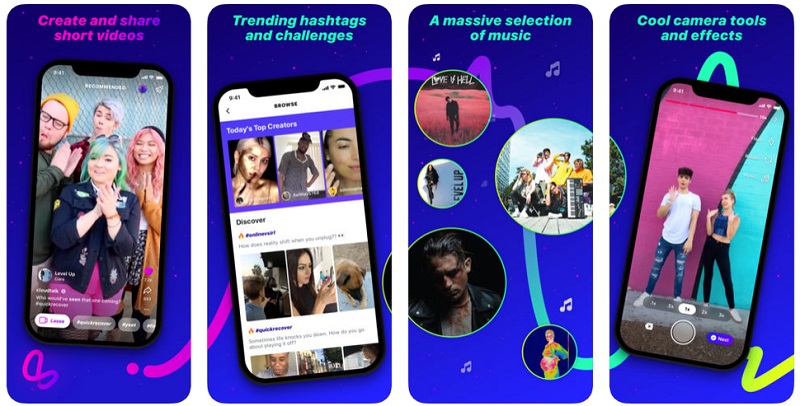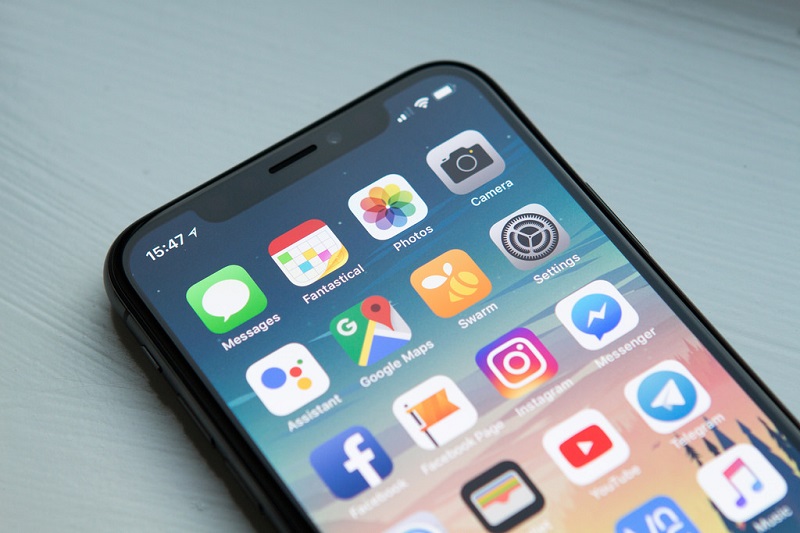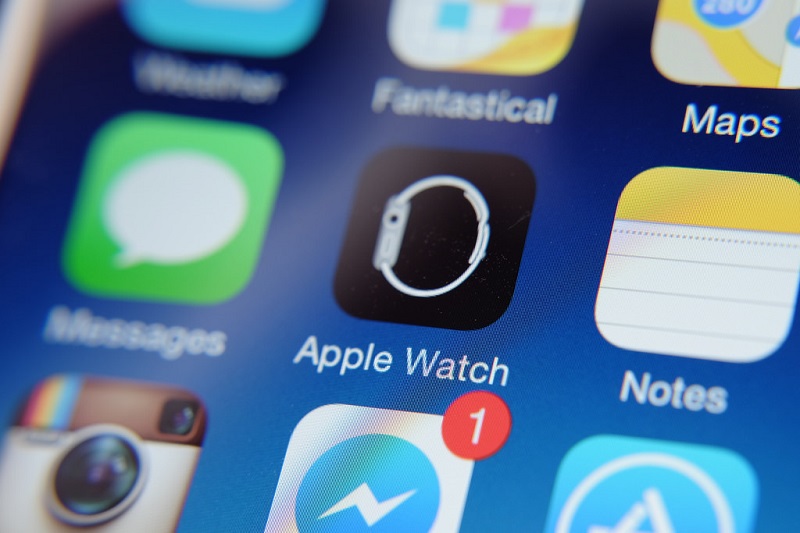Samsung has officially announced that its latest rugged tablet, the Galaxy Tab Active Pro is now available in the US starting for $599.99.
For now, the tablet is only available for purchase through Samsung’s channel partners. That said, the Korean manufacturer has confirmed that the device will also be available on Samsung.com. Besides, the company also added that an LTE version of the tablet which works with the four major carriers in the US will also be available starting November 15th for $679.99.
The Galaxy Tab Active Pro is specifically designed for users who work outdoors or in rough working conditions. Samsung claims that the device is also shock resistant, with a MIL-STD 810G certification. In addition, the tablet, as well as the bundled S-Pen, also get IP68 certification to offer protection against dust and water. Therefore, the Galaxy Tab Active Pro could be a good choice to use on the job without having to worry about potential damage to harsh working environments.

As for specs, the tablet sports a 10.1-inch Full HD display with 550 nits of max brightness. Under the hood, it gets powered by the Snapdragon 670 octa-core processor paired with 4GB of RAM and 64GB of built-in storage. The storage is further expandable up to 512GB via a microSD card.
Elsewhere, the Galaxy Tab Active Pro features a fast-charging 7600mAh battery which is rated to deliver up to 15 hours of back up on a single charge. Besides, the device features a 13MP camera on the back and an 8MP front-facing camera. Other notable features include a fingerprint scanner, a 3.5mm headphone jack, and USB-C charging. Not to mention, the device supports POGO pin-based accessories such as keyboards and chargers.
It’s also worth noting that the latest Galaxy Tab Active Pro is Samsung’s first rugged tablet to support DeX. With DeX, users can plug the tablet into a monitor to get a full-on desktop experience.


